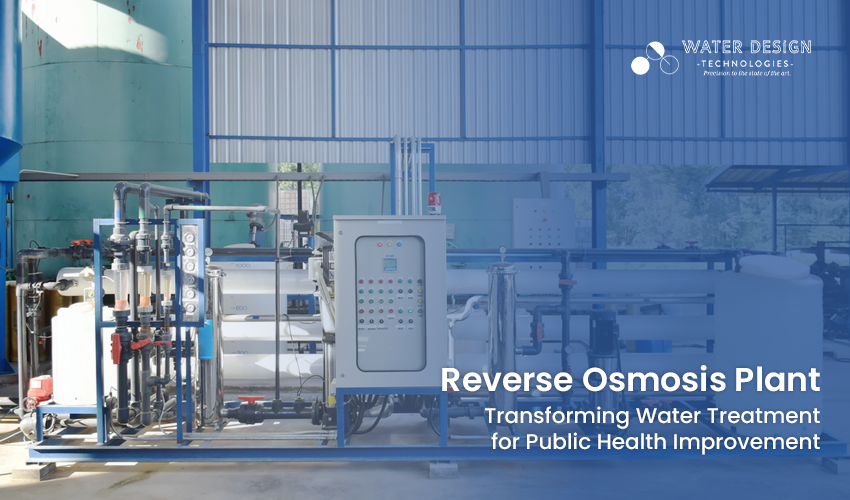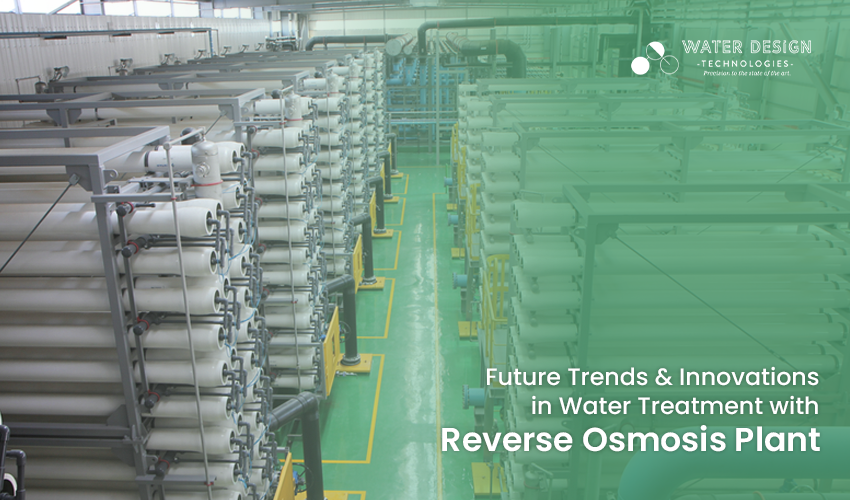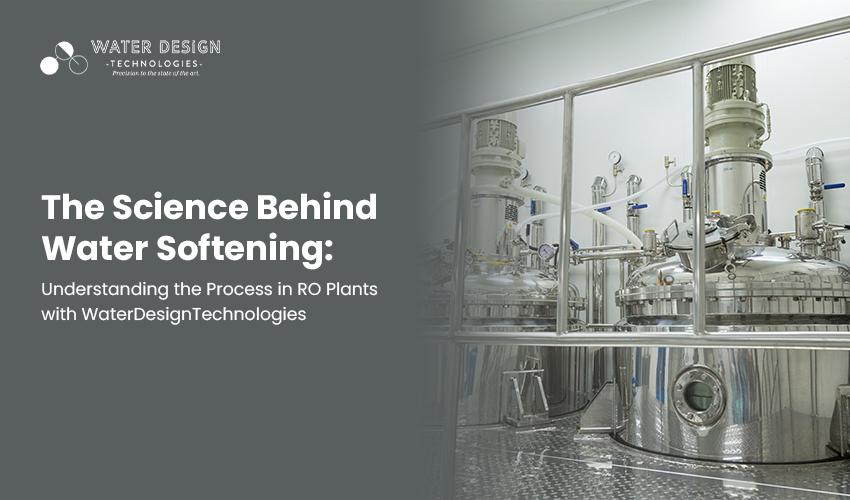In the quest for clean and safe drinking water, reverse osmosis (RO) plants have emerged as a game-changer, revolutionizing water treatment processes. With their ability to effectively remove impurities and contaminants, RO plants are instrumental in safeguarding public health and improving overall water quality. In this blog post, we’ll explore the role of RO plants, particularly those provided by Water Design Technologies, in transforming water treatment for the betterment of public health in Surat and Gujarat.
The Importance of Reverse Osmosis Plants
Reverse osmosis plants play a crucial role in ensuring access to clean and safe drinking water for communities across Surat and Gujarat. These plants utilize advanced filtration technology to remove a wide range of impurities, including dissolved solids, chemicals, and microorganisms, from raw water sources. As a result, the treated water meets stringent quality standards, making it suitable for consumption and other domestic, industrial, and commercial applications.
Water Design Technologies: Leading the Way in RO Plant Manufacturing and Service
Water Design Technologies stands out as a premier provider of RO plant manufacturing and service solutions in Surat and Gujarat. With a commitment to excellence and innovation, Water Design Technologies offers a comprehensive range of RO plants designed to meet the unique needs and requirements of clients across various sectors. From compact residential units to large-scale industrial systems, Water Design Technologies delivers reliable and efficient RO plants tailored to specific applications.
Benefits of Water Design Technologies RO Plants
- High Efficiency: Water Design Technologies RO plants are designed for optimal efficiency, ensuring maximum water purification and minimal waste.
- Superior Water Quality: With advanced filtration technology, Water Design Technologies RO plants produce clean, pure, and great-tasting water that exceeds regulatory standards.
- Reliability and Durability: Water Design Technologies RO plants are built to last, with robust construction and quality components that ensure long-term performance and reliability.
- Comprehensive Service and Support: Water Design Technologies provides comprehensive service and support for its RO plants, including installation, maintenance, and technical assistance, to ensure seamless operation and customer satisfaction.
Conclusion
In conclusion, reverse osmosis plants, particularly those offered by Water Design Technologies, are instrumental in transforming water treatment for the betterment of public health in Surat and Gujarat. By providing clean, safe, and reliable drinking water, these plants contribute to improved health outcomes, economic development, and overall quality of life for communities across the region. With Water Design Technologies at the forefront of RO plant manufacturing and service, the future looks promising for accessible and sustainable water treatment solutions in Surat and Gujarat.




